Home>Home Appliances>Home Automation Appliances>How To Test A Refrigerator Thermostat
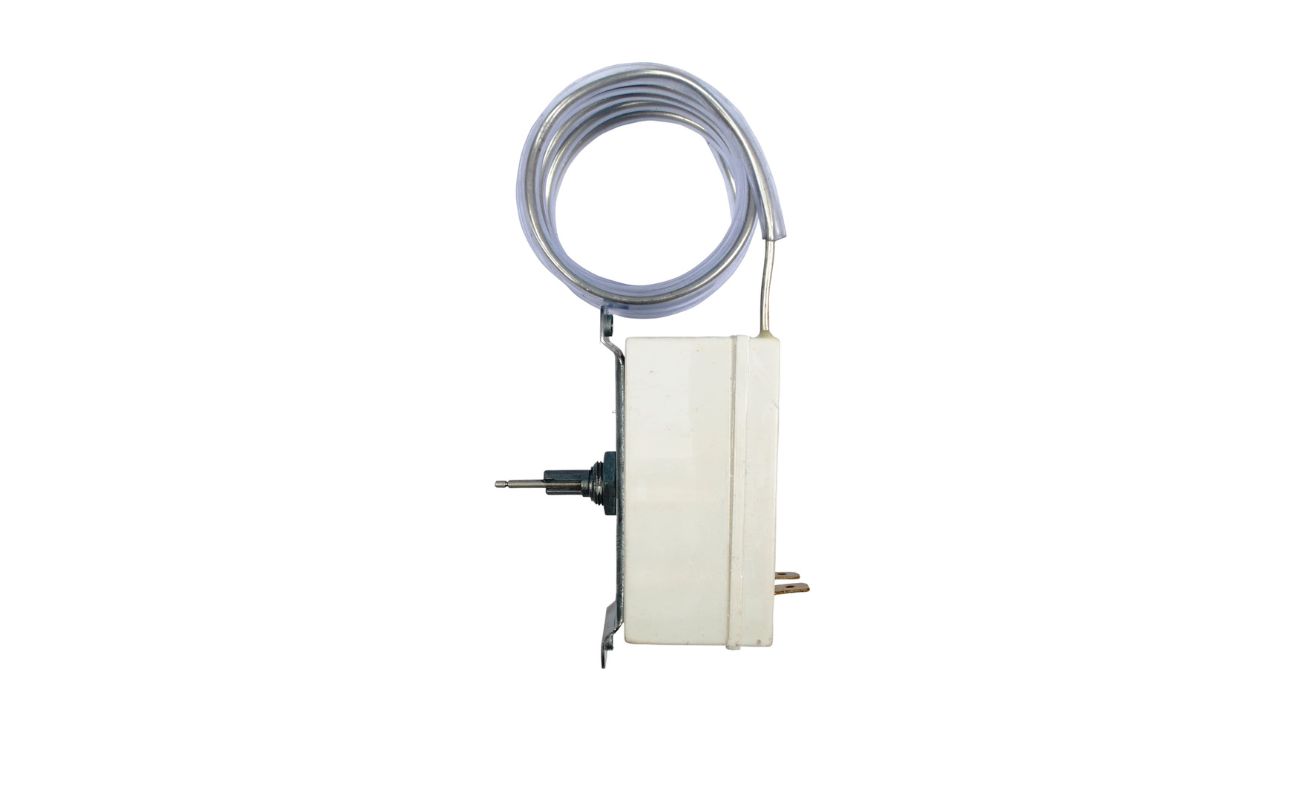

Home Automation Appliances
How To Test A Refrigerator Thermostat
Modified: January 6, 2024
Learn how to test a refrigerator thermostat at home with our step-by-step guide. Ensure your home automation appliances are functioning efficiently.
(Many of the links in this article redirect to a specific reviewed product. Your purchase of these products through affiliate links helps to generate commission for Storables.com, at no extra cost. Learn more)
Introduction
Welcome to the world of home appliances, where the refrigerator stands as a cornerstone of modern convenience. A crucial component of this indispensable appliance is the thermostat, which plays a pivotal role in maintaining the optimal temperature to keep your food fresh. Understanding how to test a refrigerator thermostat is essential for troubleshooting and ensuring the efficient operation of your refrigerator.
In this comprehensive guide, we will delve into the intricacies of refrigerator thermostats, providing you with the knowledge and confidence to diagnose and address potential issues. By learning how to test and, if necessary, adjust or replace the thermostat, you can prolong the lifespan of your refrigerator and optimize its performance.
Join us as we explore the inner workings of this essential device, equipping you with the skills to keep your refrigerator running smoothly and your perishables perfectly chilled.
Key Takeaways:
- Keep your refrigerator running smoothly by testing the thermostat with a multi-meter and thermometer. Safety first – always unplug the fridge and follow manufacturer’s guidelines. Adjust or replace the thermostat as needed for optimal cooling.
- Understanding the thermostat’s role in regulating temperature is crucial for troubleshooting and maintaining your refrigerator. Test for continuity and resistance, and compare actual temperature with the setpoint to diagnose potential issues. Prioritize safety and seek professional help if needed.
Understanding the Refrigerator Thermostat
The thermostat in a refrigerator is a small but mighty device responsible for regulating the temperature inside the appliance. It serves as the control center, continuously monitoring the temperature and signaling the compressor to start or stop to maintain the desired level of coldness.
Most refrigerators feature a simple mechanical thermostat, consisting of a temperature control dial connected to a sensor. When the temperature rises above the set level, the sensor triggers the compressor to kick in and cool the interior. Once the desired temperature is reached, the thermostat signals the compressor to shut off, preventing overcooling.
Newer models often incorporate electronic thermostats, which offer more precise temperature control and energy efficiency. These advanced thermostats utilize sensors and microprocessors to monitor and adjust the temperature, ensuring consistent cooling performance.
Understanding the functionality of the refrigerator thermostat is vital for diagnosing potential issues. If your refrigerator fails to maintain the correct temperature, the thermostat may be the culprit. By familiarizing yourself with the thermostat’s role in regulating temperature, you can effectively troubleshoot and address any malfunctions.
Next, we will explore the tools and materials needed to test the refrigerator thermostat, empowering you to take proactive measures in maintaining your appliance.
Tools and Materials Needed
Before embarking on the task of testing a refrigerator thermostat, it’s essential to gather the necessary tools and materials. Ensuring you have the right equipment at your disposal will streamline the testing process and enable you to accurately assess the thermostat’s functionality.
Here’s a list of the tools and materials you’ll need:
- Flathead Screwdriver: This versatile tool will come in handy for accessing the thermostat, which is typically located inside the refrigerator compartment. It allows you to remove any covers or panels obstructing the thermostat.
- Multi-Meter: A digital multi-meter is an indispensable device for testing the continuity and resistance of electrical components, including the thermostat. It enables you to measure the electrical output and identify any irregularities that may indicate a faulty thermostat.
- Thermometer: Having a reliable thermometer on hand is crucial for verifying the accuracy of the refrigerator’s temperature. This will help you compare the actual temperature with the thermostat’s setpoint, providing valuable insights into its performance.
- Manufacturer’s Manual: It’s advisable to have the manufacturer’s manual for your specific refrigerator model readily available. This resource contains valuable information about the thermostat location, wiring diagrams, and troubleshooting guidelines tailored to your appliance.
- Safety Gloves: When handling electrical components, including the thermostat, safety gloves are essential for protecting your hands and ensuring safe handling practices.
By ensuring you have these tools and materials at your disposal, you’ll be well-equipped to conduct a thorough assessment of the refrigerator thermostat. In the next section, we’ll discuss the importance of observing safety precautions before proceeding with the testing process.
Safety Precautions
Prior to testing the refrigerator thermostat, it’s crucial to prioritize safety to prevent accidents and ensure a secure testing environment. The following safety precautions should be observed to minimize risks and promote a safe testing process:
- Power Disconnection: Before initiating any testing procedures, unplug the refrigerator from the power outlet to eliminate the risk of electric shock. Additionally, if the thermostat is accessible without unplugging the refrigerator, exercise caution and avoid contact with any exposed electrical components.
- Caution with Moving Parts: While accessing the thermostat, be mindful of any moving parts, such as the fan or compressor. Avoid placing your hands near these components to prevent accidental injury during the testing process.
- Avoiding Water Contact: As refrigerators contain moisture-prone components, such as the evaporator coils, exercise caution to prevent water contact with electrical connections. Moisture can compromise the integrity of the electrical system and pose a safety hazard.
- Proper Insulation: When using the multi-meter to test the thermostat, ensure that the appliance is properly insulated to prevent accidental contact with live electrical components. Use insulated tools and exercise caution to avoid electrical mishaps.
- Adherence to Guidelines: Refer to the manufacturer’s manual for specific safety guidelines and precautions related to testing the thermostat. Adhering to the manufacturer’s recommendations will help mitigate potential risks and ensure a safe testing process.
By adhering to these safety precautions, you can create a secure testing environment and minimize the likelihood of accidents or electrical hazards. Prioritizing safety is paramount when working with electrical components, and by taking proactive measures, you can proceed with confidence in testing the refrigerator thermostat.
Next, we will delve into the step-by-step process of testing the thermostat, equipping you with the knowledge to diagnose potential issues and make informed decisions regarding its adjustment or replacement.
To test a refrigerator thermostat, use a multimeter to check for continuity. Set the thermostat to the coldest setting and check for continuity between the terminals. If there is no continuity, the thermostat is faulty and needs to be replaced.
Testing the Thermostat
Testing the refrigerator thermostat is a systematic process that involves assessing its functionality and determining whether it is effectively regulating the appliance’s temperature. By following these step-by-step procedures, you can gain valuable insights into the thermostat’s performance and identify any potential issues:
- Accessing the Thermostat: Begin by locating the thermostat within the refrigerator compartment. This typically involves removing the control panel or cover to access the thermostat, which is often situated near the top or bottom of the compartment.
- Setting the Multi-Meter: With the refrigerator unplugged, set the multi-meter to the continuity or resistance setting, depending on the type of thermostat you are testing. This will enable you to measure the electrical continuity and resistance of the thermostat’s contacts.
- Testing for Continuity: Place the multi-meter probes on the thermostat’s terminals to test for continuity. If the thermostat is functioning correctly, the multi-meter should indicate continuity, confirming that the electrical circuit is unbroken. A lack of continuity suggests a faulty thermostat that requires replacement.
- Assessing Resistance: For thermostats with a temperature control dial, you can assess the resistance by adjusting the dial to different temperature settings. Measure the resistance across the thermostat’s terminals at each setting to ensure that it corresponds to the specified values in the manufacturer’s manual. Deviations from the expected resistance readings may indicate a malfunctioning thermostat.
- Comparing Actual Temperature with Setpoint: Once the thermostat has been tested for continuity and resistance, plug in the refrigerator and allow it to reach the desired temperature. Use a reliable thermometer to measure the actual temperature inside the refrigerator and compare it with the thermostat’s setpoint. Discrepancies between the setpoint and actual temperature may indicate a faulty thermostat that is unable to maintain the correct cooling level.
By meticulously following these testing procedures, you can effectively assess the functionality of the refrigerator thermostat and pinpoint any irregularities that may be affecting its performance. The insights gained from testing the thermostat will inform your decision regarding the necessity of adjusting or replacing the component.
Next, we will explore the steps involved in adjusting or replacing the thermostat, providing you with the knowledge to address potential issues and restore your refrigerator’s optimal cooling capabilities.
Read also: 14 Best Refrigerator Thermostat for 2024
Adjusting or Replacing the Thermostat
After testing the refrigerator thermostat and identifying any potential malfunctions, the next step involves determining whether the thermostat requires adjustment or replacement. Depending on the nature of the issues detected during testing, you can consider the following approaches to address the thermostat’s performance:
- Adjusting the Calibration: If the thermostat is exhibiting minor discrepancies in temperature regulation, it may be possible to recalibrate its settings. Refer to the manufacturer’s manual for specific instructions on adjusting the thermostat’s calibration. This process typically involves accessing the temperature control mechanism and making precise adjustments to align the thermostat with the desired temperature range.
- Replacing the Thermostat: In cases where the thermostat fails the continuity or resistance tests, or if it consistently struggles to maintain the correct temperature, replacing the thermostat may be necessary. Prior to replacing the thermostat, ensure that you have the compatible replacement part for your refrigerator model. Follow the manufacturer’s guidelines for safely disconnecting and removing the old thermostat before installing the new one.
- Professional Evaluation: If you encounter challenges in adjusting or replacing the thermostat, or if you are uncertain about the underlying issues affecting your refrigerator’s temperature regulation, seeking professional assistance from a certified appliance technician is advisable. A qualified technician can conduct a comprehensive assessment of the thermostat and implement the necessary adjustments or replacements with precision.
By considering these options, you can take proactive measures to address the thermostat’s performance and restore optimal temperature regulation within your refrigerator. Whether it involves fine-tuning the calibration or installing a new thermostat, prioritizing the efficient operation of this essential component is crucial for preserving the freshness of your stored food items.
As we conclude this guide, you are now equipped with the knowledge and insights to test, adjust, and replace the refrigerator thermostat, empowering you to maintain the peak performance of your refrigerator and ensure the longevity of this indispensable home appliance.
With a deeper understanding of the thermostat’s role and the testing procedures involved, you can navigate the intricacies of refrigerator maintenance with confidence, fostering a well-functioning and reliable cooling system for your household.
Conclusion
Congratulations on gaining valuable insights into the world of refrigerator thermostat testing and maintenance. By delving into the intricacies of this essential component, you have acquired the knowledge and skills to ensure the efficient operation of your refrigerator, safeguarding the freshness of your perishable goods.
Understanding the functionality of the refrigerator thermostat is paramount for diagnosing potential issues and taking proactive measures to address malfunctions. From testing the thermostat’s continuity and resistance to assessing its temperature regulation capabilities, you have embarked on a journey to optimize the performance of this critical appliance component.
Equipped with the right tools and materials, a keen understanding of safety precautions, and a systematic approach to testing the thermostat, you are well-prepared to navigate the intricacies of refrigerator maintenance with confidence and precision. Whether it involves adjusting the calibration or replacing the thermostat, you now possess the expertise to make informed decisions and uphold the optimal cooling capabilities of your refrigerator.
As you apply this newfound knowledge to maintain and troubleshoot your refrigerator, remember the significance of prioritizing safety, following manufacturer’s guidelines, and seeking professional assistance when needed. By doing so, you can ensure the longevity and reliability of your refrigerator, contributing to the seamless functioning of your household.
Thank you for embarking on this enlightening journey into the realm of refrigerator thermostat testing. With your enhanced understanding and practical insights, you are well-positioned to uphold the efficiency and performance of your refrigerator, fostering a well-cooled environment for your culinary delights.
Here’s to a future of chilled refreshments and preserved perishables, all made possible through your dedication to mastering the art of refrigerator thermostat maintenance. Cheers to a well-functioning refrigerator and the joy it brings to your home!
Frequently Asked Questions about How To Test A Refrigerator Thermostat
Was this page helpful?
At Storables.com, we guarantee accurate and reliable information. Our content, validated by Expert Board Contributors, is crafted following stringent Editorial Policies. We're committed to providing you with well-researched, expert-backed insights for all your informational needs.
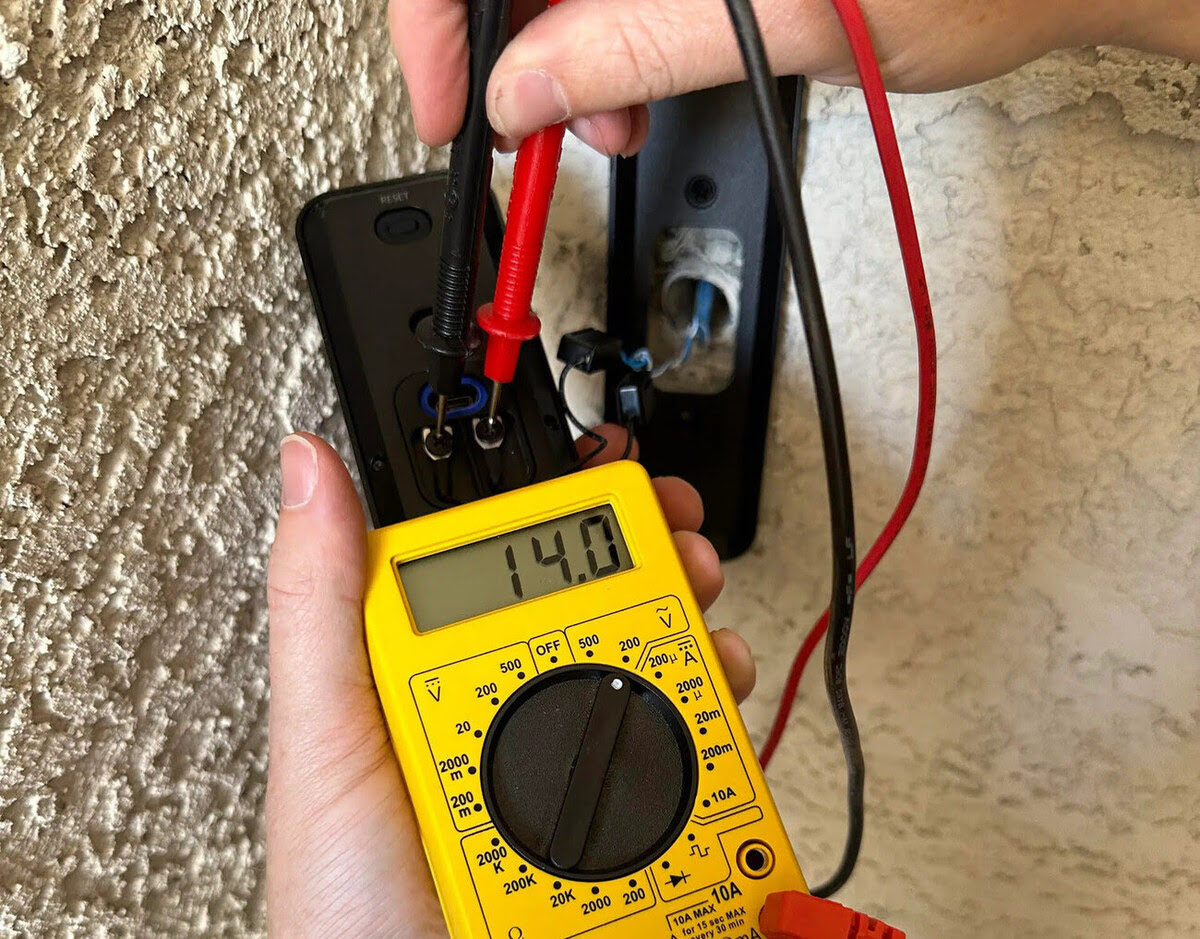
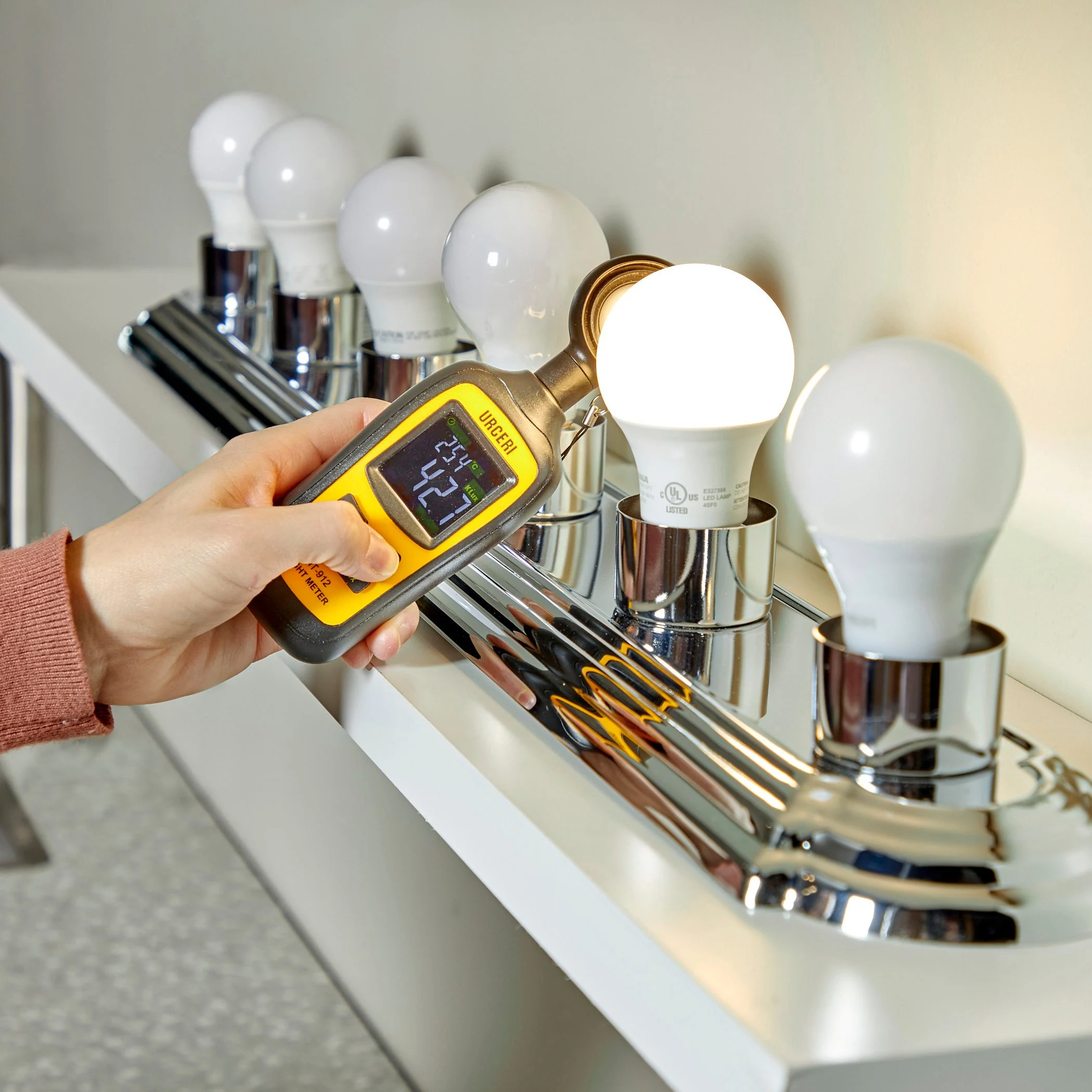


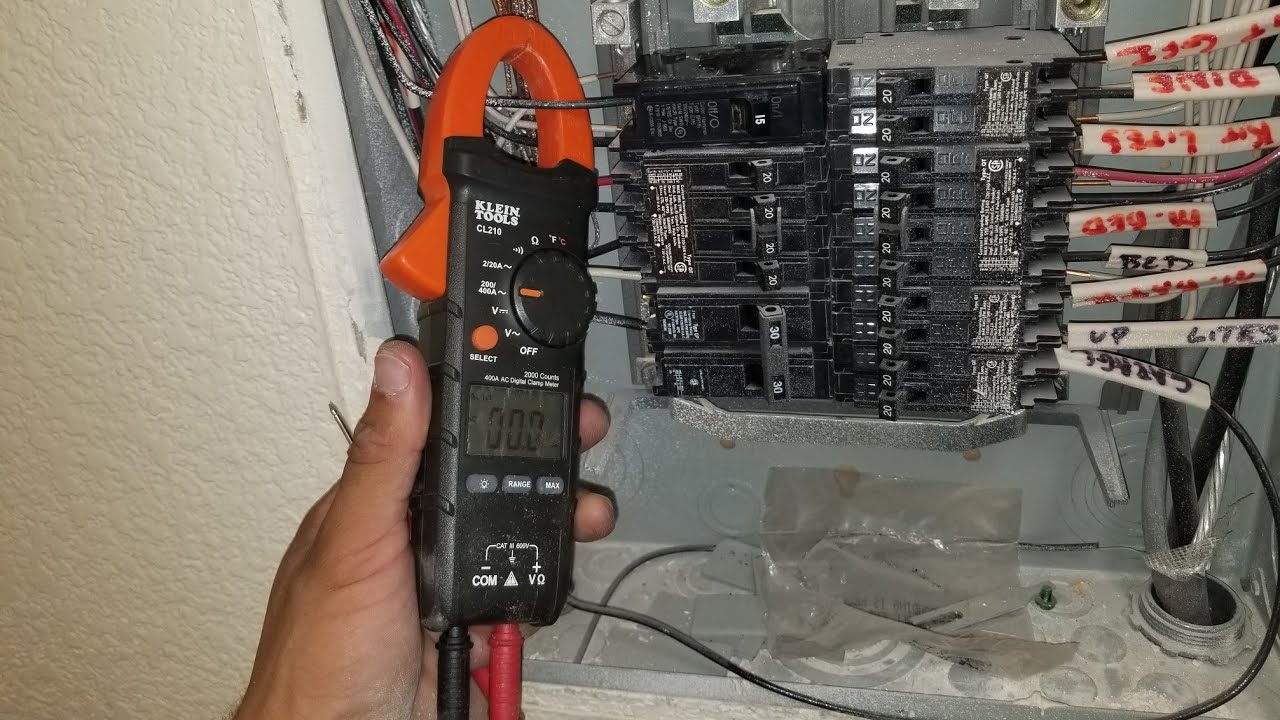
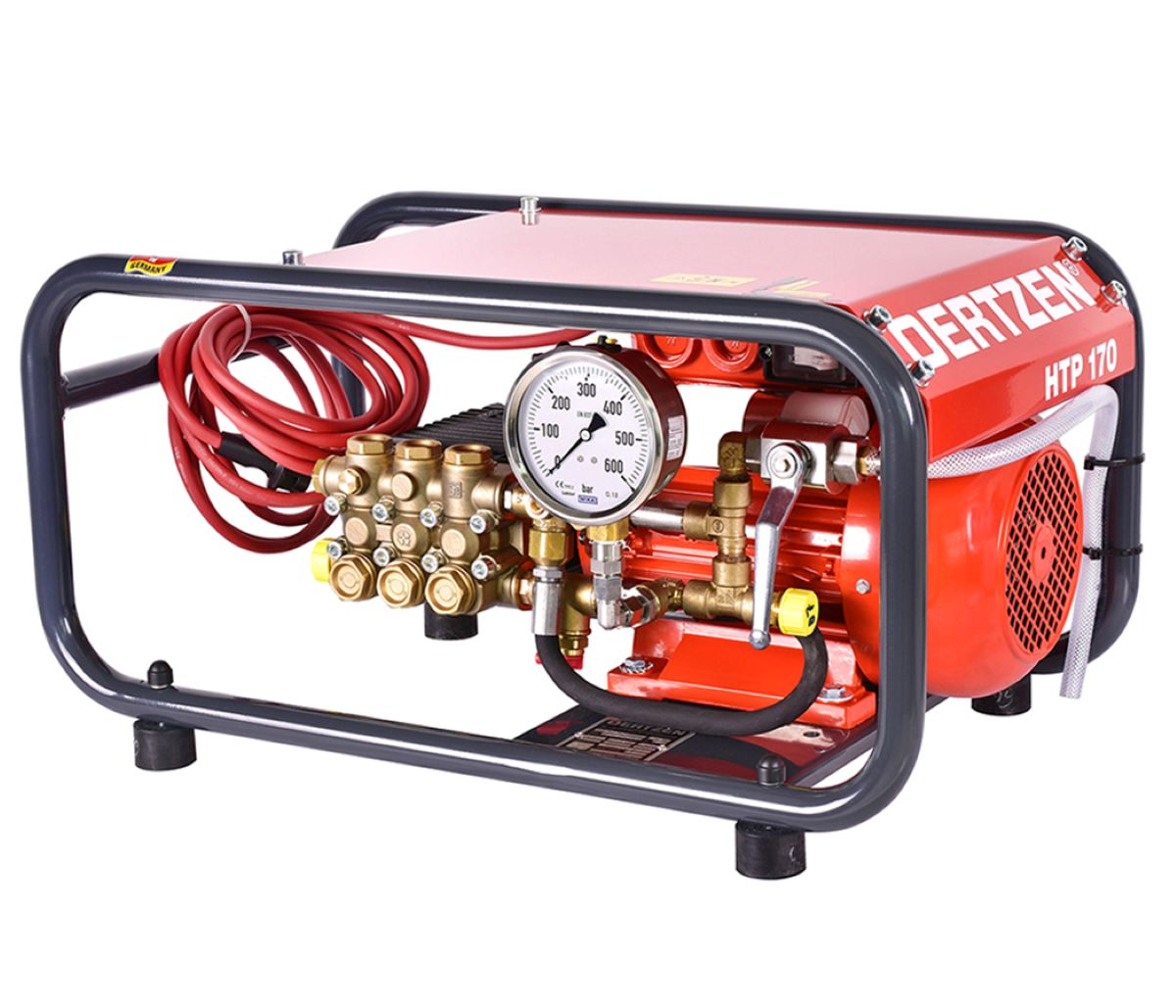

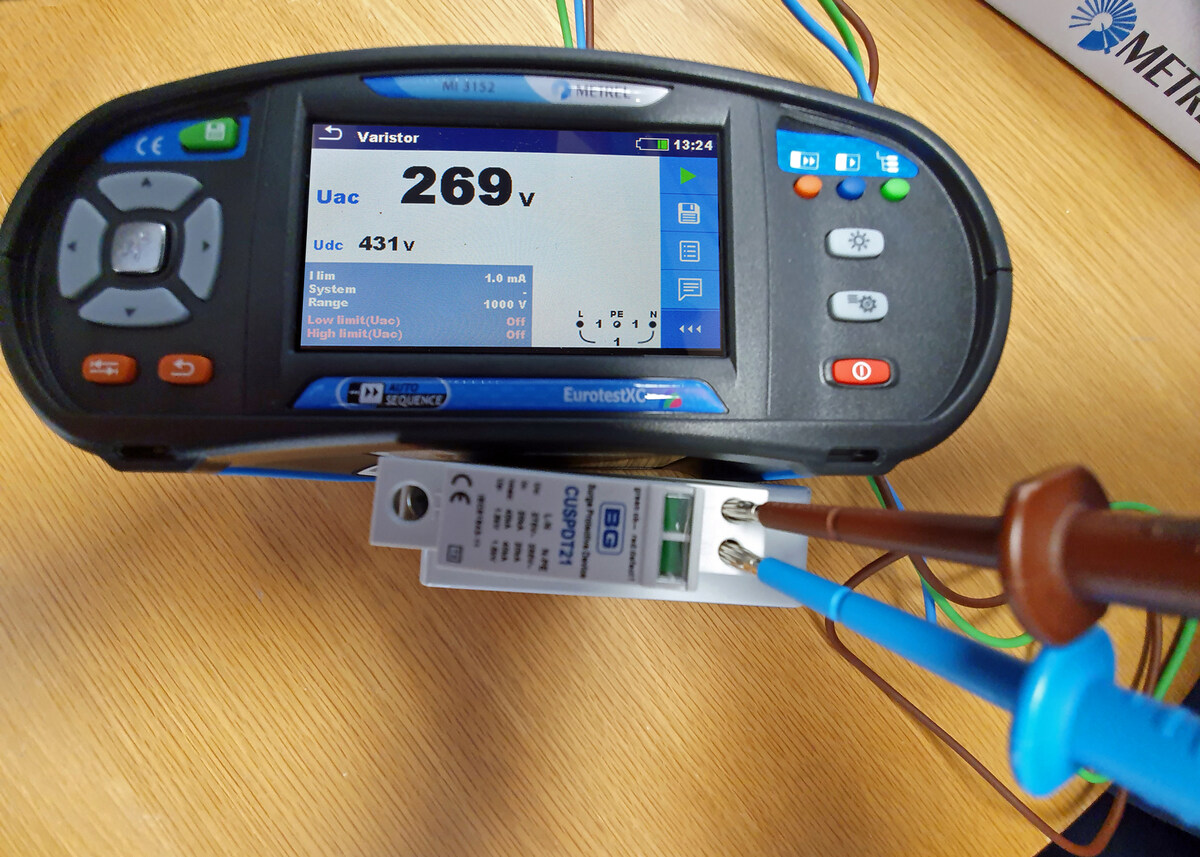
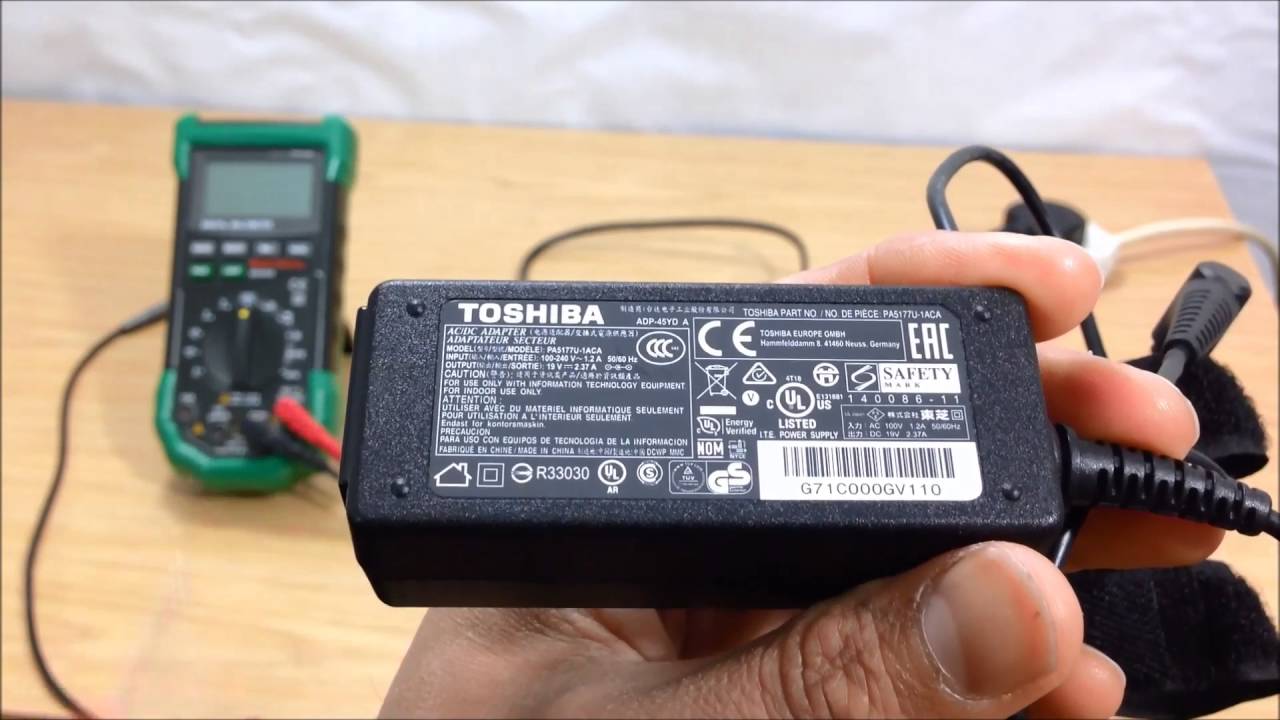
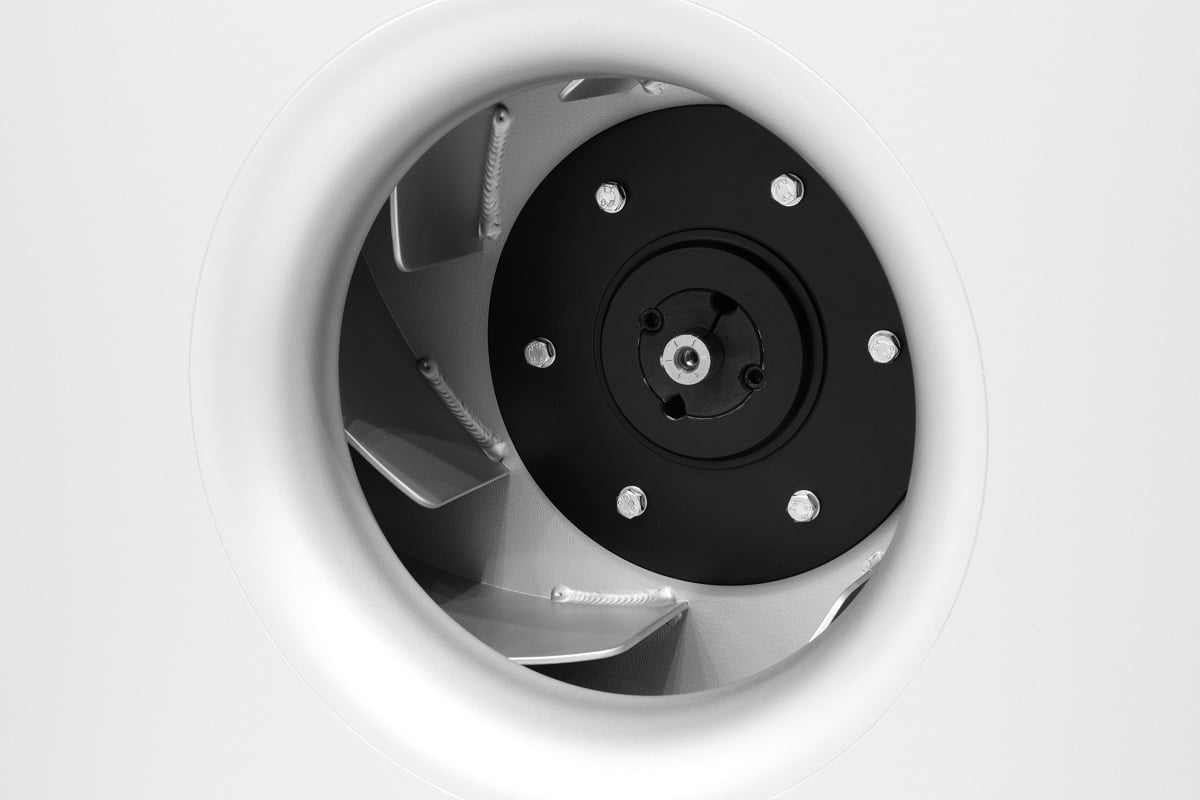
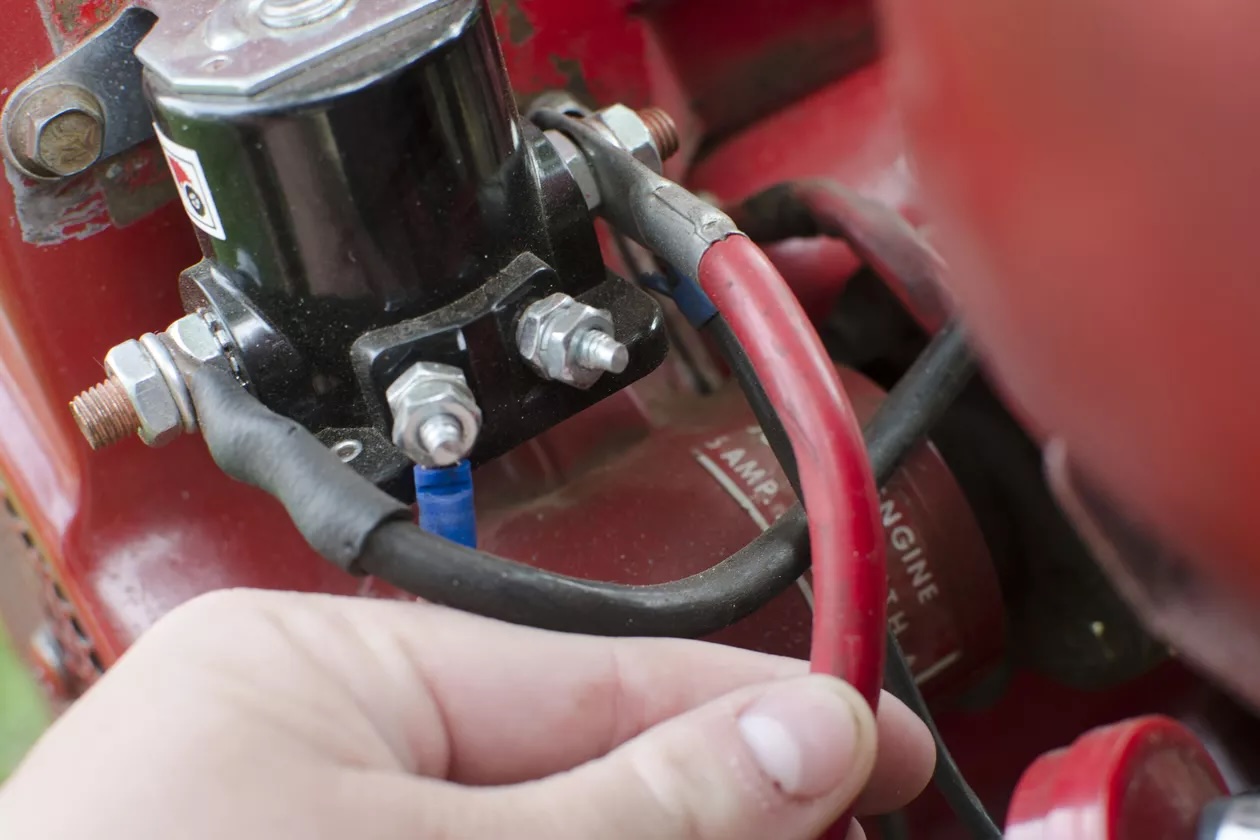

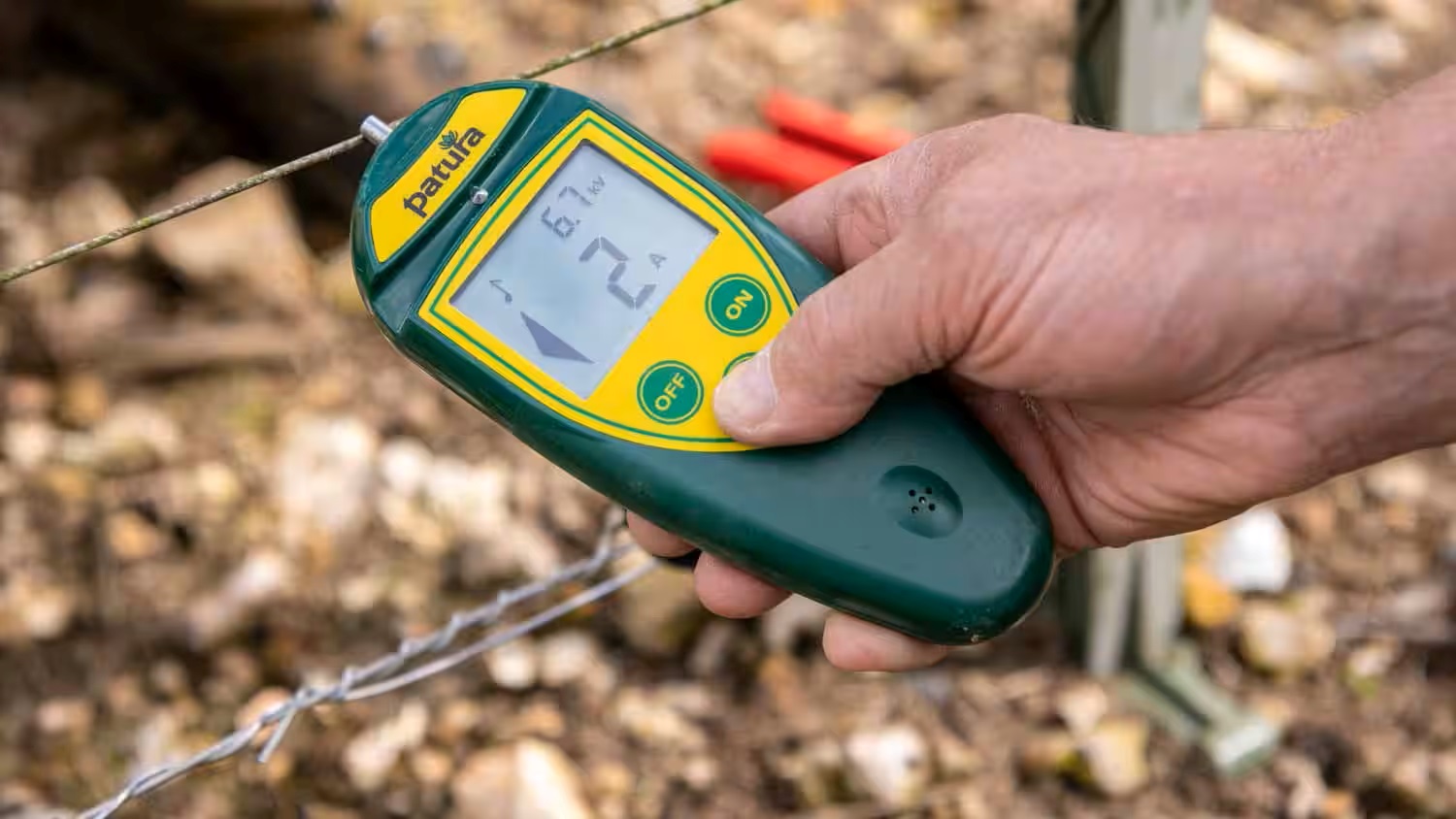
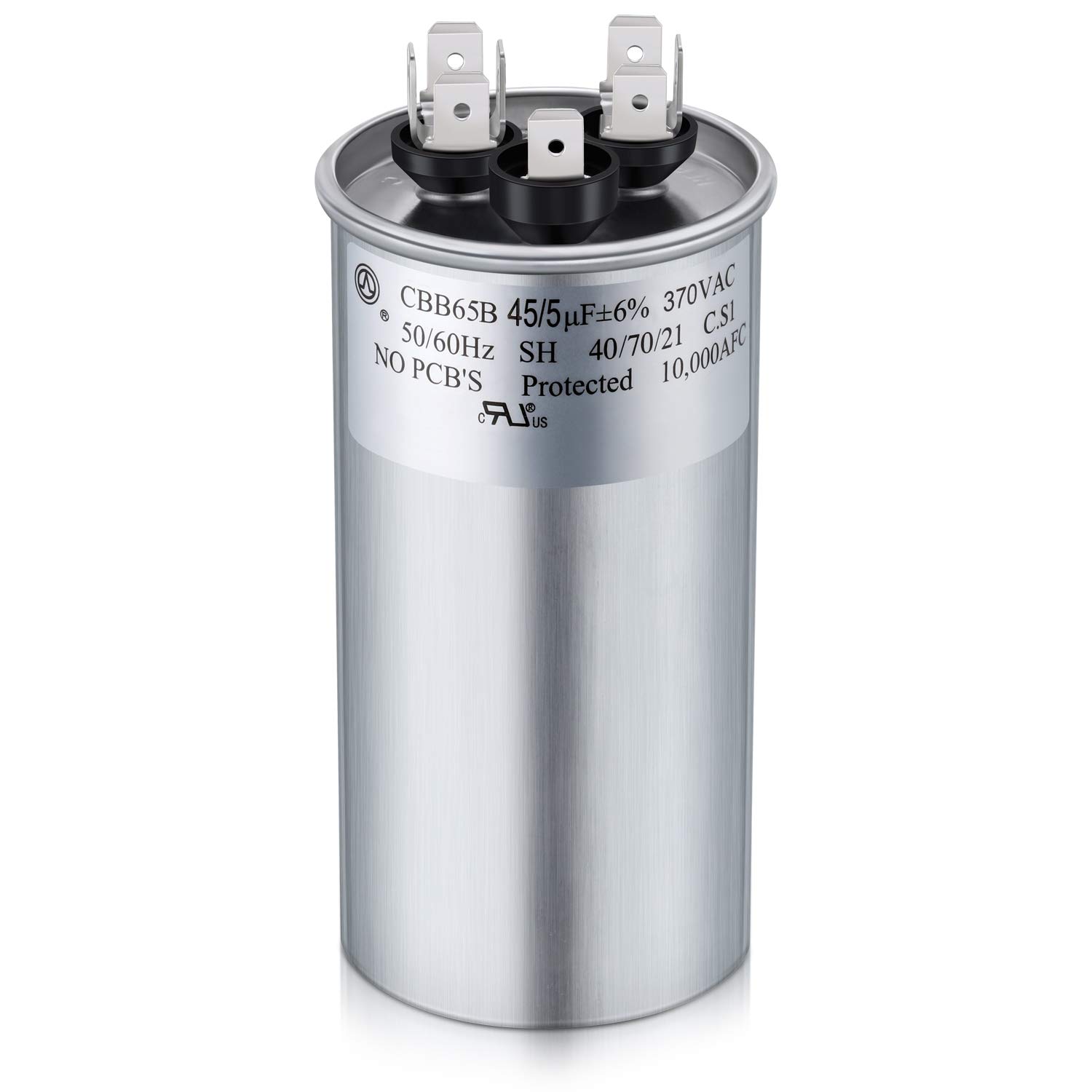

0 thoughts on “How To Test A Refrigerator Thermostat”